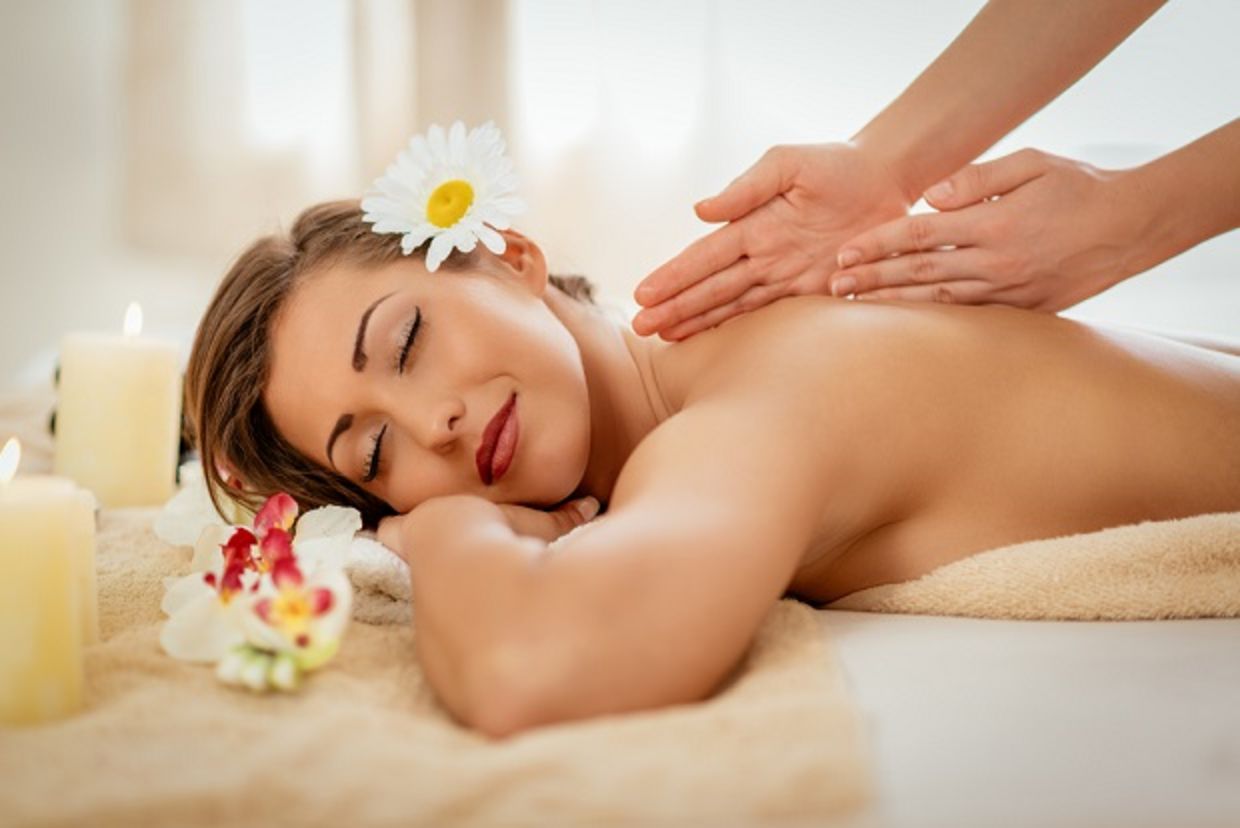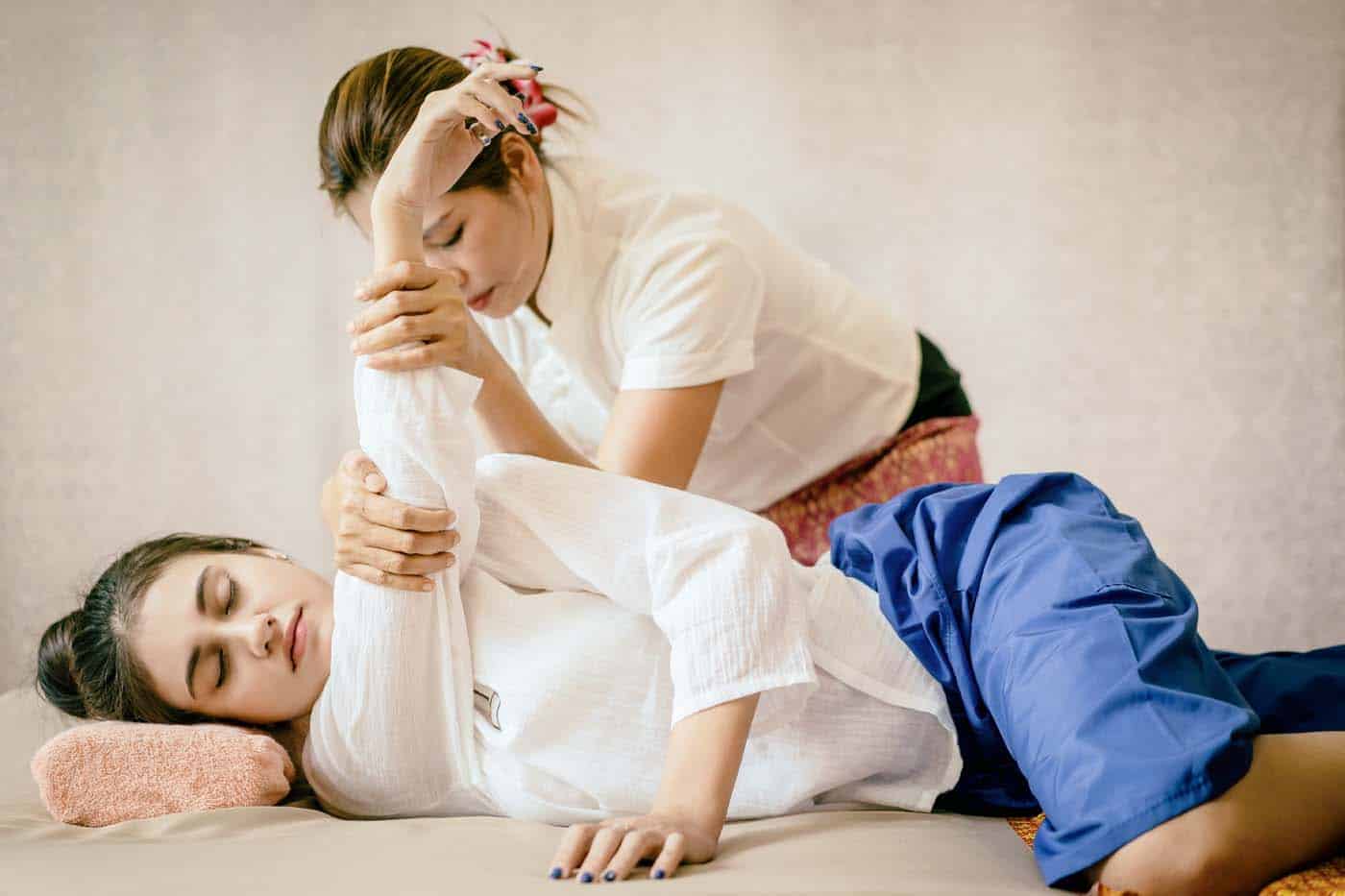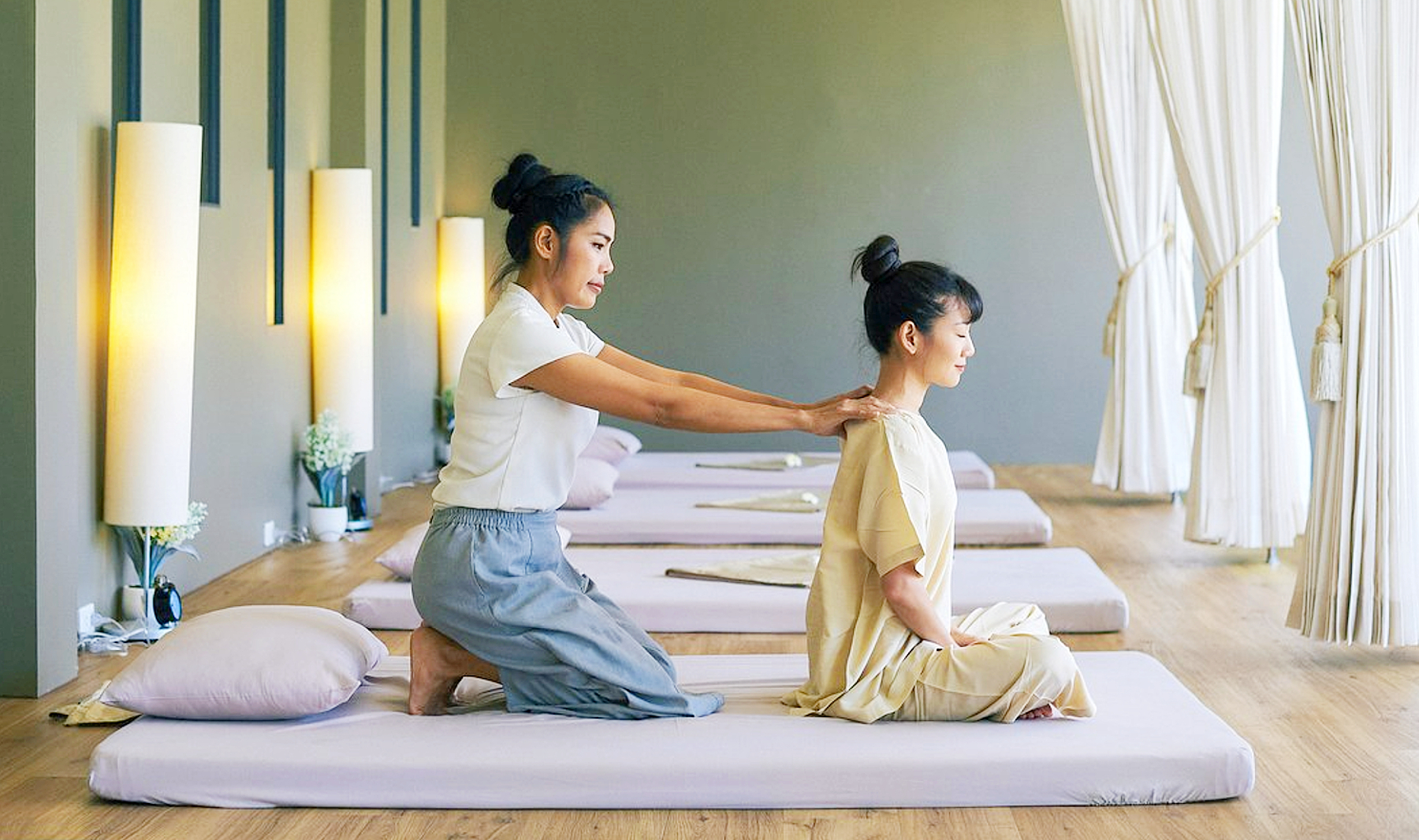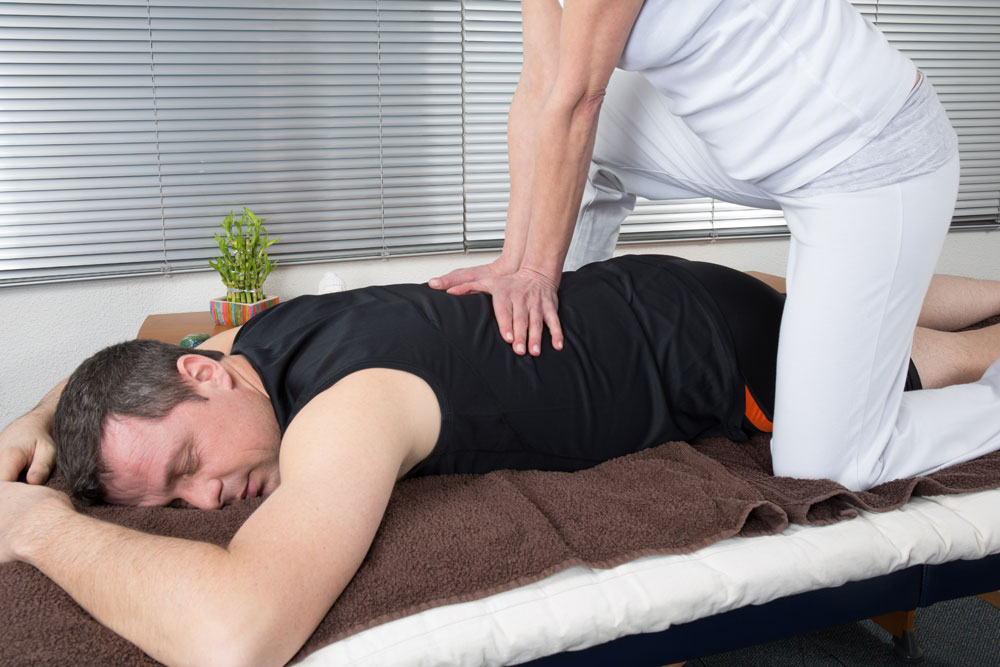Japanese Shiatsu Massage is an ancient hands-on healing practice gaining renewed interest for its holistic benefits. Combining acupressure and stretching techniques, it’s designed to balance energy flow and relieve both physical tension and emotional stress. In this guide, we’ll explore how Japanese Shiatsu Massage works, what you can expect in a session, and how it may support your overall well-being.
What Is Japanese Shiatsu Massage?

Japanese Shiatsu Massage is a therapeutic bodywork method based on traditional Chinese medicine principles and adapted in Japan in the early 20th century. Shiatsu, which means “finger pressure” in Japanese, involves rhythmic pressure on specific points of the body, aimed at restoring the healthy flow of energy—or qi—through pathways called meridians. Unlike Swedish or oil-based massages, Shiatsu is typically done through clothing and may also integrate stretching and joint manipulation.
Practitioners believe that imbalances or blockages in the body’s energy flow can manifest as pain, stress, or illness. Techniques used in Shiatsu aim to address these disruptions to promote self-healing. Today, Shiatsu is recognized globally and often found in wellness centers, spa hotels, or provided by licensed therapists.
Its popularity has also led to the rise in interest around Shiatsu as a complementary therapy for various conditions including anxiety and musculoskeletal tension.
What Are the Benefits of Japanese Shiatsu Massage?

Many people turn to Shiatsu not just for physical discomfort, but also for mental and emotional rebalancing. Research has shown that massage therapy can assist in reducing stress and enhancing overall well-being. For example, a systematic review of Shiatsu massage highlighted its potential to help with fatigue, stress relief, and pain management.
Here are some of the common benefits you may experience from Japanese Shiatsu Massage:
- Reduced muscle tension - Through rhythmic pressure and passive stretching, Shiatsu may help ease tightness in the muscles.
- Improved circulation – Stimulating pressure points can encourage better blood and lymphatic flow.
- Mental clarity and relaxation – By balancing energy and engaging the parasympathetic nervous system, many people report feeling calmer and more centered after a session.
- Better sleep – Shiatsu has been associated with improved sleep patterns, especially for those coping with anxiety or chronic stress.
- Support for chronic pain conditions – Some clients report temporary relief from symptoms associated with conditions like fibromyalgia and migraines.
While results vary from person to person, incorporating Shiatsu into your care routine may support long-term wellness goals.
How Shiatsu Compares to Other Massage Therapies

If you've searched for “Shiatsu massage therapist near me,” you may wonder how it differs from other popular modalities like Swedish or Thai massage. While all massage therapies aim to improve physical or emotional well-being, their techniques and philosophies differ greatly.
Shiatsu is distinct in that:
- It applies sustained pressure on points without oils
- It’s usually done fully clothed on a floor mat or padded futon
- It emphasizes energy flow and holistic healing rather than muscle manipulation alone
- It may integrate Eastern medical theory, viewing the body as a network of energy systems
Compared to Western massage that often focuses on muscle groups and circulation, Shiatsu can feel more meditative and may offer a unique approach to addressing internal imbalances. For this reason, it’s increasingly offered in wellness retreats and spa hotels worldwide.
Finding the Right Therapist or Course

Whether you're seeking a therapist nearby or considering learning Shiatsu yourself, there are several options available. A reliable way to find trained practitioners is to search “shiatsu massage near me” and verify certification through recognized massage therapy boards. Look for therapists who have credentials from organizations such as the International Shiatsu Association or licensed holistic health bodies in your country.
If you're intrigued by the techniques and philosophy, consider enrolling in online Shiatsu courses taught by certified instructors. These courses often include instruction on pressure point locations, entry-level anatomy, and real-time video demonstrations that let you practice safely.
Choosing the right practitioner or course depends on your wellness goals and learning preferences, but with growing global access—both digitally and in person—Shiatsu is more available than ever before.
Japanese Shiatsu Massage offers a calming, holistic approach to well-being by addressing not just physical tension, but also energy balance and mental stress. Whether you’re searching for a “Shiatsu massage therapist near me” or exploring online Shiatsu courses, taking the first step can support your physical and mental health journey. If you’re curious about how this ancient practice fits into your lifestyle, consider exploring your options further to see what it might bring to your wellness routine.
